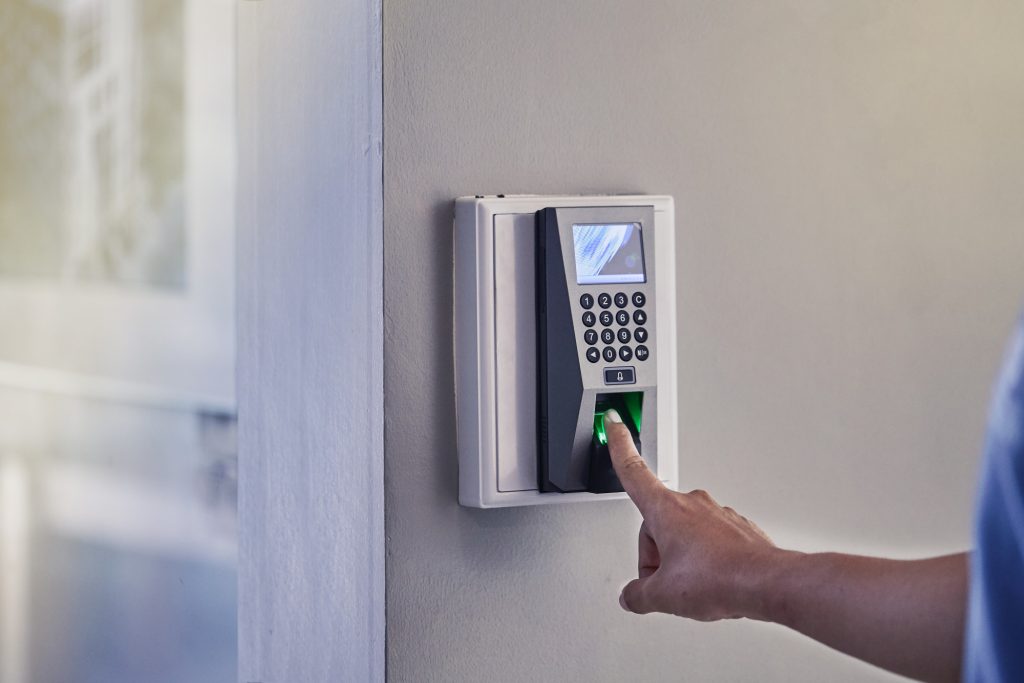7 Access Control Methods to Keep Your People and Buildings Secure
With the average data breach now costing companies nearly $4 million on average, there’s no business plan that’s able to take that kind of hit. If your business model doesn’t take into account access control methods, you’re setting yourself up for failure. If one attempted hack could bring down your whole operation, it needs work.
Here are seven tips for implementing the best access control you can.
1. Understand Best Practices
If you want to do right by your staff and your business, you need to be able to offer access control that’s under control. You need to understand how much you’re spending upfront on every product. You also need to control which vendors you work with.
IF you set up access control within your organization, you need to have a method for deploying those efforts. Going at it haphazardly will only cause you headaches later. Maintaining access control systems over time is another challenge that many companies struggle with, but you need a plan in place.
Learn from users who have tried it before you. Implement a solution that takes into account a strong plan, a smart setup, and operation that includes regular maintenance.
2. Focus On Role-Based Access
Most companies don’t need absolutely everyone accessing the same info. By implementing role-based access, you give people access based on their responsibilities. A scheme where your employees are given appropriate authorizations is much easier to control.
If your network admin needs access to the server room, make sure they have it. However, there’s no need to extend that access to someone working in HR.
Focus on maintaining regulatory compliance every step of the way. You don’t want to lose a license or certification by making a simple mistake.
3. Deploy Layered Security
When you’re laying out your access control plan, consider a layered access option. So many technologies can make or break how secure your business is. If you’re implementing them at the wrong level, you could end up making huge gaffes in security.
For example, a marketing tool that gives out every customer and every staff member’s personal information should only be accessed by administrators. If you have other stakeholders accessing these tools, you’re likely to let secure information out unnecessarily.
This includes having cameras, door locks, card readers, and wireless technology that’s secured based on need. Just because someone is an executive, doesn’t mean they should be able to go into a server room without checking in.
4. Use the “Least Privilege” Rule
When trying to determine how much access to allow everyone, the “least privilege” rule is one of the best practices. Essentially, it means that no one needs access unless they need it. Every stakeholder should have to express an explicit need before they’re allowed any extra access.
IT staff and security personnel who don’t have specialized roles should be closely monitored. Since they have the most access to sensitive data, they can do the greatest harm, even if they have no intention to.
5. Automate Processes When Possible
Manually adding, dropping, and maintaining accounts is hard. Getting everyone to individually change their passwords every six months is no easy task. The best way to do this is to use an automated solution.
Use a system to reset email and login passwords every six months. Save your deprecated passwords so that users can’t use the same password again and again.
Automate any IT integrations and auditing so that you don’t have to rely on staff to be around to do it. It also means that you don’t have to give out access to as many people when you have it set up to work automatically.
6. Secure Your Data
Having an integrated access control system allows enterprises to address lots of types of enterprise security issues. However, even if you implement it correctly, that can create lots of other challenges. There are more points of vulnerability as you add more bells and whistles to your system.
Each new login, every new piece of software, and every wireless hub adds another spot where hackers could get in.
Having your account info, passwords and pins, and personal data in the same system is a honey pot for the right hacker. They can’t help but want to get in and take over control of the network.
However, if everything is properly secured, you ensure that you have robust data and no real issues.
7. Audit Your System
Don’t try to do this without the right tools. There are some great software reporting tools that allow you to audit access. If you have them in place, it’s much easier to inspect reports and monitor things. You need to keep your system up and running even when you’re fixing problems or updating it.
Making changes to your system shouldn’t cause a shutdown. The audit process needs to be a mandatory activity, so it’s important to integrate and implement a solution that works reliably. It should be a big part of how you manage your business.
Check out what industry leaders are saying to learn more about auditing.
Access Control Methods Should Help Your Company
If you’re implementing access control methods correctly, it should help your company to grow rather than to hinder or slow down processes. Access control needs to be accounted for as a part of how long things take and how much you budget for an effort. When you do this, you’re able to plan for the future and ensure your company has one.
Check out our other guides for ensuring that your code is unhackable once you’ve published your products publicly.

